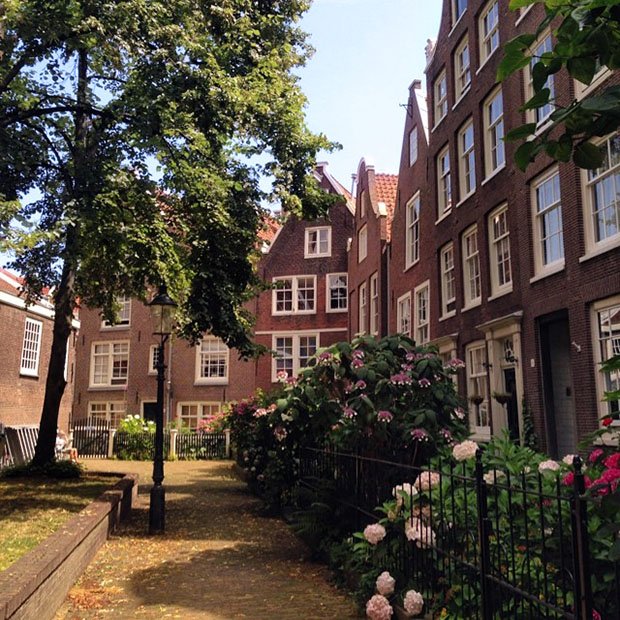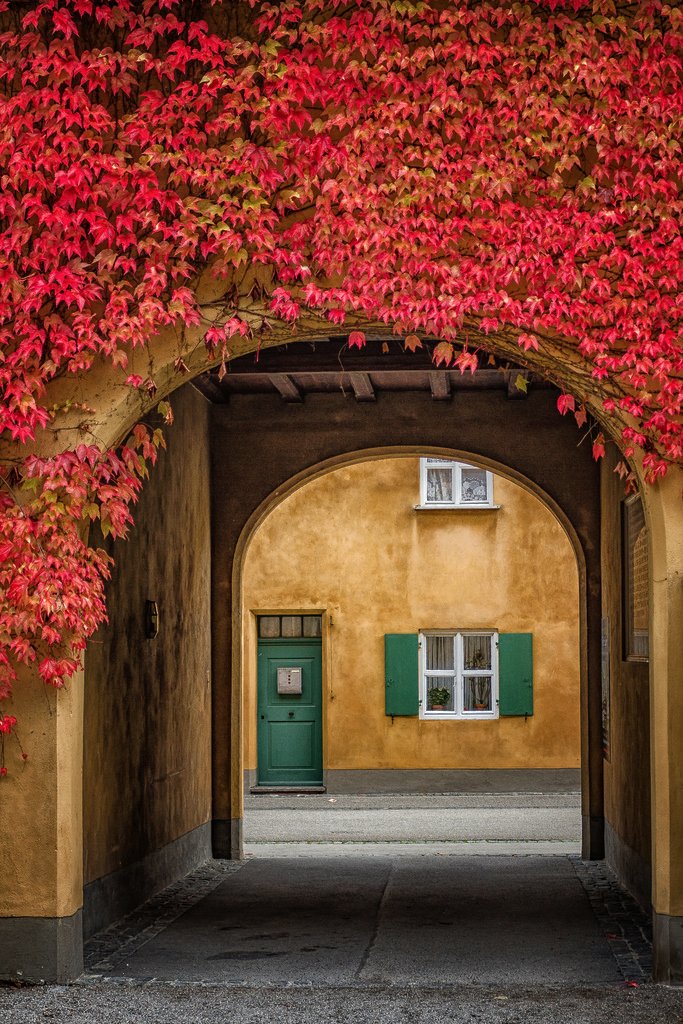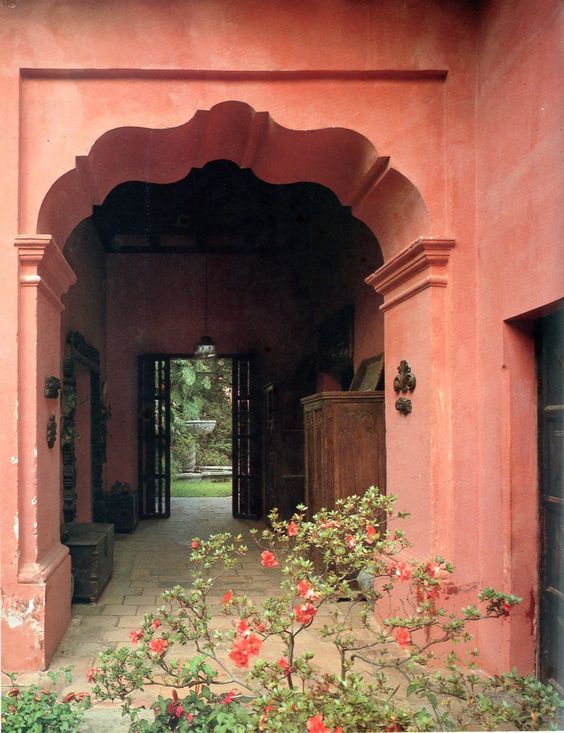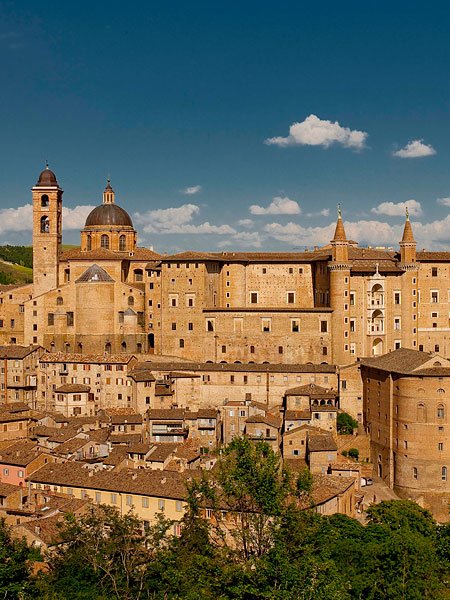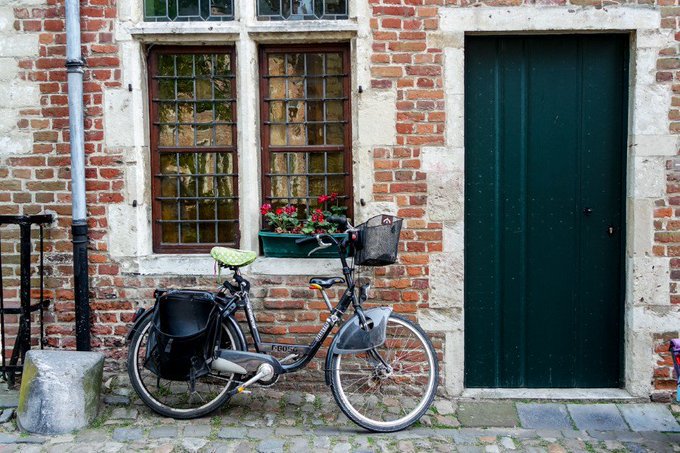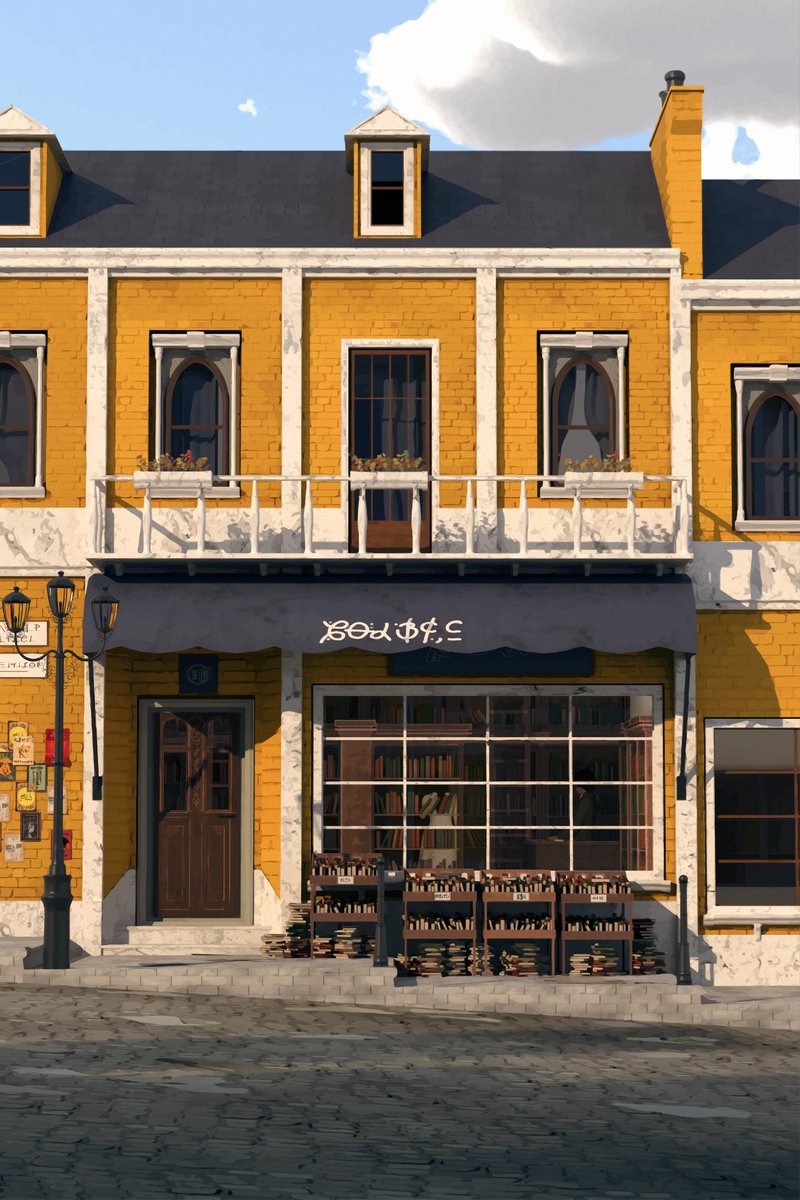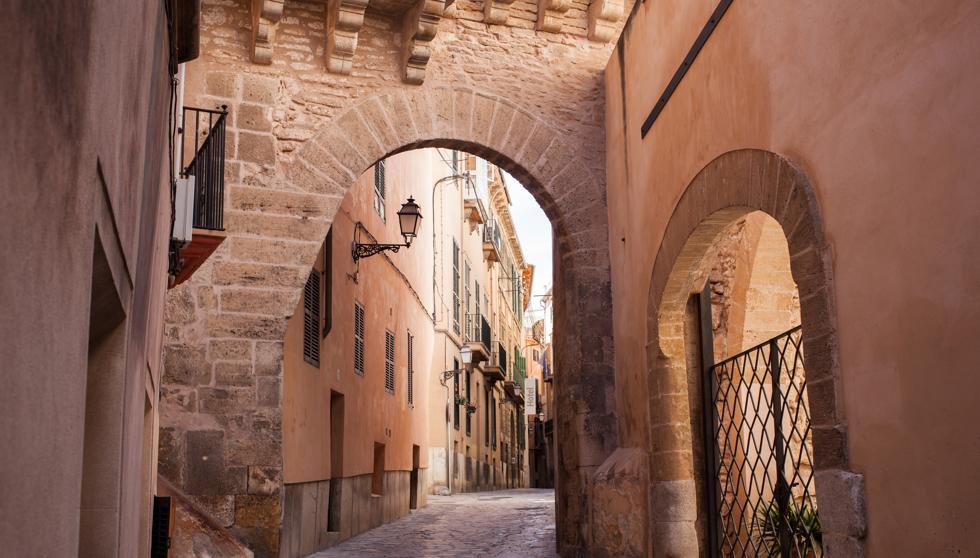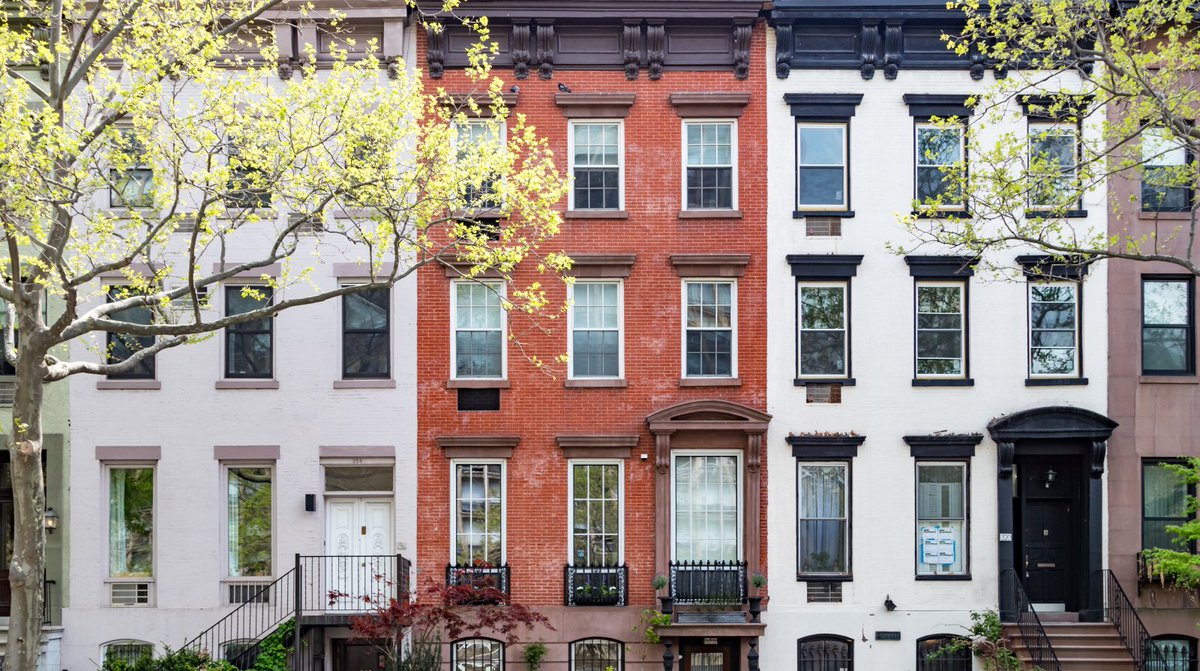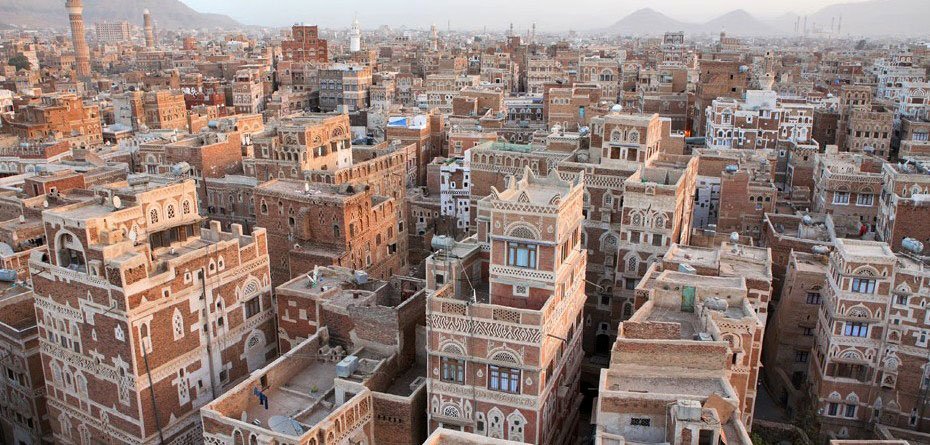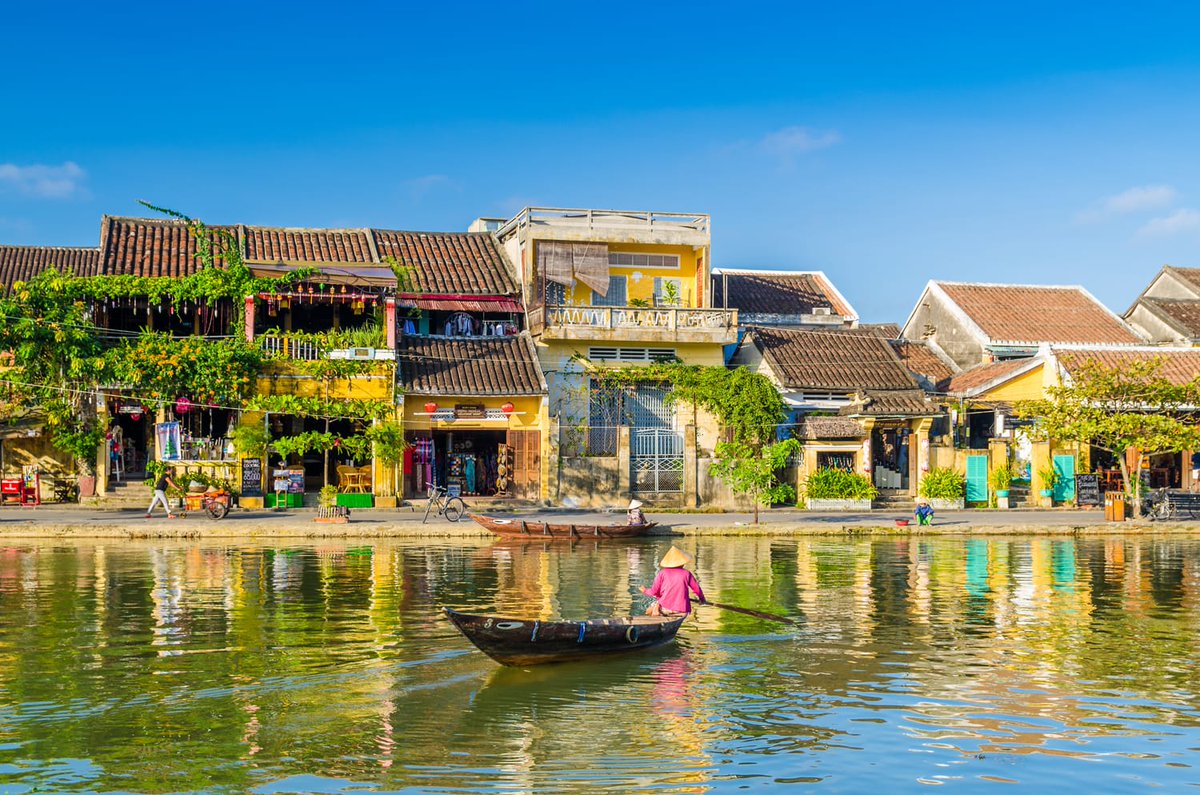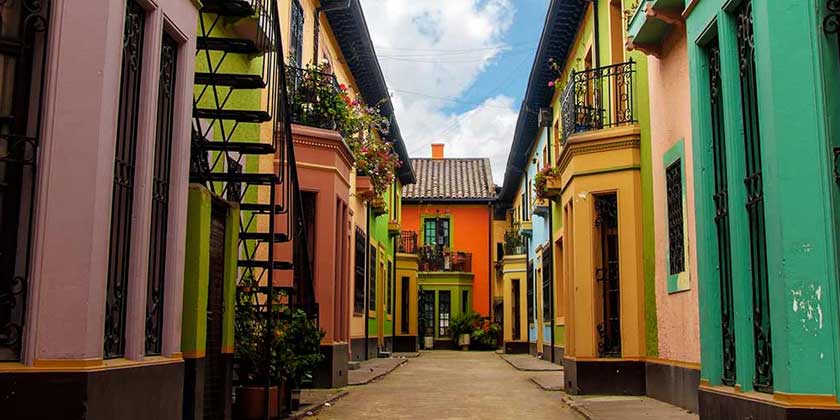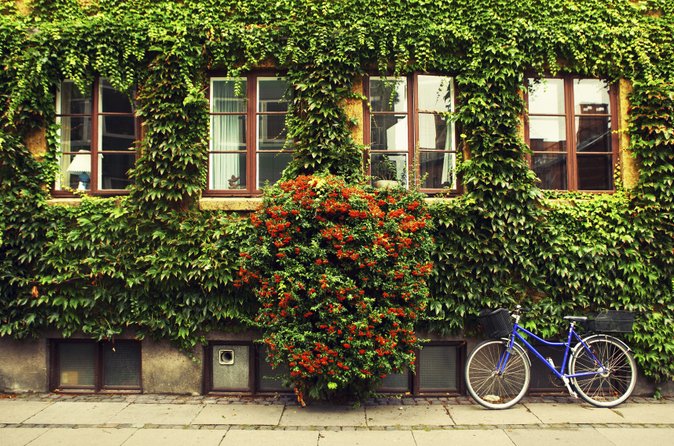What do all great and sustainable neighborhoods and towns have in common across the world? What makes for a humans scale? Here& #39;s what I have found and it concerns these seven topics: Boundaries, Plots, Ownership, Materials, Height, Culture, Climate. All of this is common sense —>
Boundaries. A good town is encircled by a wall, or a canal, a green belt, or built on an island or cliff. A neighborhood is gated, gardens are walled, parks are fenced, houses have gates, walls: courtyards are enclosed, separating the private from the public.
Plots. Small, long and narrow, just the size necessary for its purpose, houses are built right to the edge of the plot in the front, with gardens behind. The best plots are built and lived in by their owners. The best cities are full of owners, the worst are full of rentiers.
Ownership. Neighborhoods function best when the people who live in them also own and work in them. Business, shops, workshops are placed on the bottom floor and facing the street. Small plots and ownership rules keep multinationals, chain stores, out, while keeping employment in.
Materials. Towns are built with what is close at hand, usually this means wood, brick or stone. Streets and buildings easily maintained by hand and by locals anchors a town to its location. No global supply chain necessary. Eventually a local character will develop. A rhythm.
Height. Build to a human scale, that means most towns will level out at four-seven stories (the maximum a person will be willing to walk up and down daily without elevators). Allow taller buildings, spires, towers, but keep the number of floors set to discourage over-development.
Culture. A good town has a clear and distinct cultural bias, it is of and from a place. Like a good neighbor it does not strive to stand out or provoke. It has roots (or looks like it will). It favors the local, the specific, the vernacular. It avoids the global, the featureless.
Climate. A town is built to make the most use of its climate, topography and seasons, everything from street width to room height to airflow is built with the location in mind. It does not try to even everything out with bulldozers, elevators, air conditioners, central heating.

 Read on Twitter
Read on Twitter
